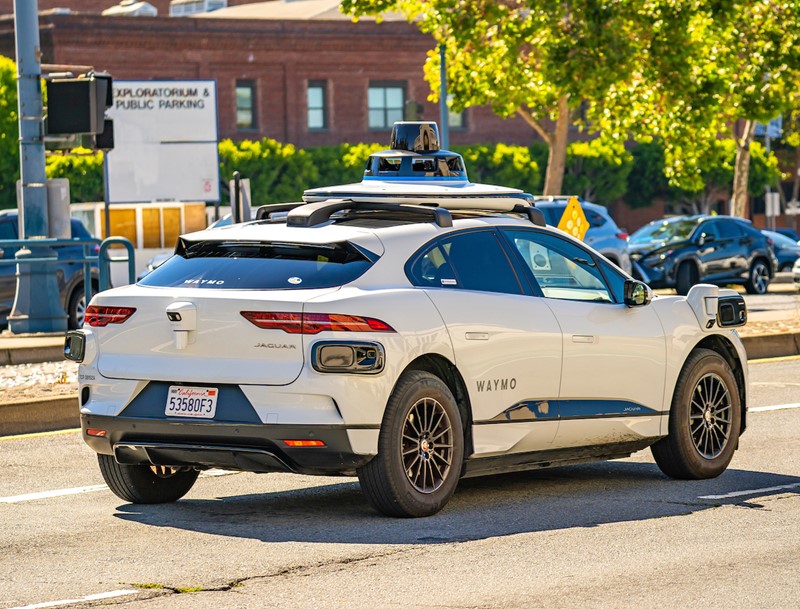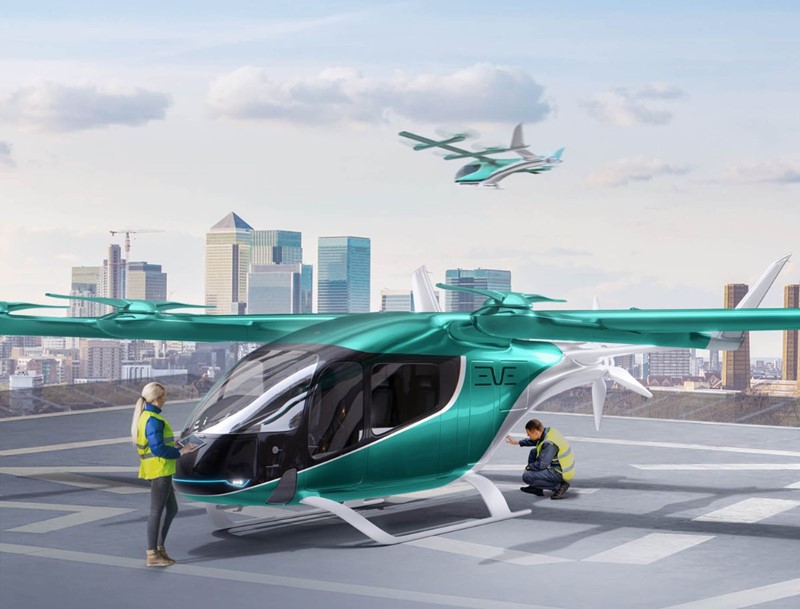Alphabet’s Waymo and General Motors’ Cruise have been allowed to operate their autonomous taxi service at any time of the day throughout San Francisco.
The California Public Utilities Commission (CPUC) made the decision after a contentious six-hour hearing, in which citizens expressed their concerns regarding the expansion of self-driving cars in San Francisco.
“Today is the first of many steps in bringing AV transportation services to Californians,” said John Reynolds, CPUC commissioner and former Cruise general counsel.
Over the past year, Cruise has been testing 300 robotaxis in the streets of San Francisco. The service was free during the day, and paid at night, when only 100 robotaxis were allowed to operate. Meanwhile, Waymo’s 100 autonomous vehicles have been providing free rides to volunteers and employees throughout the city.
Although the two companies have stressed that robotaxis remove the risks associated with human errors, California residents have highlighted the cars’ recurring problems, including unexpected stops and other erratic behaviour.
“Can driverless vehicles assist passengers who need escorting to and from the vehicle?” said Laura Massey, a member of San Francisco’s Paratransit Coordinating Council. “Can they load and secure mobility aids like wheelchairs and walkers? Can a driverless car spot a blind passenger waiting? Can it call out to that blind passenger that it has arrived to pick them up?”

Waymo self-driving car / Iv-olga / Shutterstock
Image credit: Iv-olga / Shutterstock
During the hearing, the CPUC listened to the benefits of robotaxis and the concerns of transportation and safety agencies.
Supporters of the robotaxis said the technology will boost the city’s economy, as well as help people with reduced mobility. Waymo representatives pointed out the increasing interest in the service, stating it had already built up a waiting list of more than 100,000 people vying to take a driverless ride through the streets of San Francisco.
“We can’t wait for more San Franciscans to experience the mobility, safety, sustainability and accessibility benefits of full autonomy for themselves – all at the touch of a button,” Waymo co-CEO Tekedra Mawakana said in a blog post.
Cruise CEO Kyle Vogt also celebrated the decision, describing it as “a huge milestone for the AV industry, but even more importantly a signal to the country that CA prioritises progress over our tragic status quo”.
Jessie Wollensky, who identified as a blind woman, said the service allowed her to get where she wanted to go “without the fear of being harassed, groped, assaulted or attacked”.
However, the police and fire departments, as well as many residents, lobbied forcefully against the service. Jeanine Nicholson, San Francisco fire department chief, warned regulators that the autonomous vehicles had repeatedly undermined firefighters’ ability to respond to emergencies.
“They are still not ready for prime time because of the way they have impacted our operations,” Nicholson said, citing 55 written reports of robotaxis interfering with emergency responses.
The commissioners urged the companies to address problems raised during the hearing, and warned it could impose a limit on the number of robotaxis allowed in San Francisco roads if changes were not made.
Last summer, the California Air Resources Board (CARB) announced a roadmap to ban the sale of petrol-powered vehicles in the state. The ban on petrol cars is expected to apply to 35 per cent of sales by 2026, 68 per cent by 2030 and finally reach 100 per cent in 2035.
In April, the UK became the first European country to allow drivers to take their hands off car steering wheels on public roads, after the Department for Transport gave car manufacturer Ford permission to activate its BlueCruise system on motorways.
The announcement was in line with the government’s ambition to ensure self-driving cars hit UK roads by 2025 and “revolutionise public transport and passenger travel”.
Sign up to the E&T News e-mail to get great stories like this delivered to your inbox every day.




